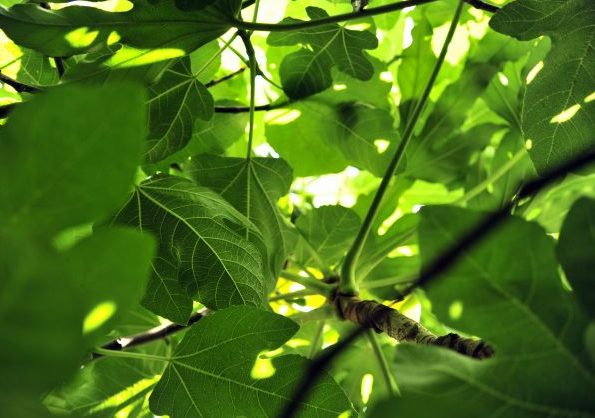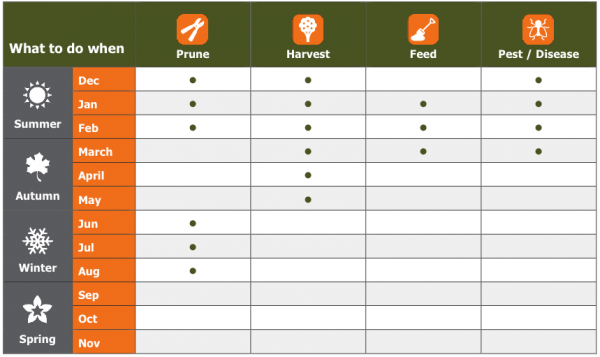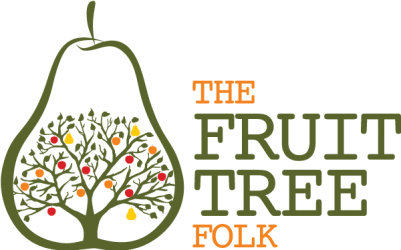
Common Name: Fig
Botanical name: Ficus carica
Summary
Early cultivation dates back to at least 2500BC in Egyptian times and have remained a staple of the Mediterranean diet ever since.
A vigorous large deciduous tree in the MORACEAE family along with the Mulberry (Morus alba) that can occasionally get to 20 meters high, yet normally to 6 metres with rough, green 3 lobed leaves, and luxurious fruit.
Figs can be trained to open vase, espalier and bush shapes, and can even be coppiced to achieve a low bush suitable for pots. Figs have the distinction of bearing their flowers on the inside of the fruit (a syconium).
Likes
- Most soil types except for very sandy
- Hot dry summers, cool moist winters
Doesn’t like
- Wet feet
- Heavy frost when young
NOTE: Newly exposed structural wood from heavy pruning can sunburn in high heat. To remedy, paint with water based whitewash.
Flowers in
- Late spring, summer
Fruits in
- Some figs produce two (breba) crops a year
- Summer through to the end of autumn
Care
Planting
Plant dormant bare rooted trees in winter or propagate from dormant cuttings containing a stub of two-year-old wood at the base with two or three previous season buds above.
Pollination
The most common fig (Adriatic) fruits without pollination. With some less common varieties (Capri, Smyrna, or San Pedro) requiring a second tree with the fig wasp doing the pollinating work.
Pruning
Figs love to sucker from roots, so avoid root pruning. Prune to a node as stems tend to rot if not done so. Winter prune to stimulate fruiting wood, summer prune to restrict vigorous growth.
Disease and pest management
Birds are the primary pest, and fungal rot can be a problem in humid wet summers.
Moisture
Water from spring until fruit begins to ripen, reduce water until after harvest as the fruit will split with too much water.
Feeding
Low feeder, requiring little if any fertiliser.
Harvesting
When fully ripe, the neck of the fruit starts to wilt allowing the fruit to droop.


